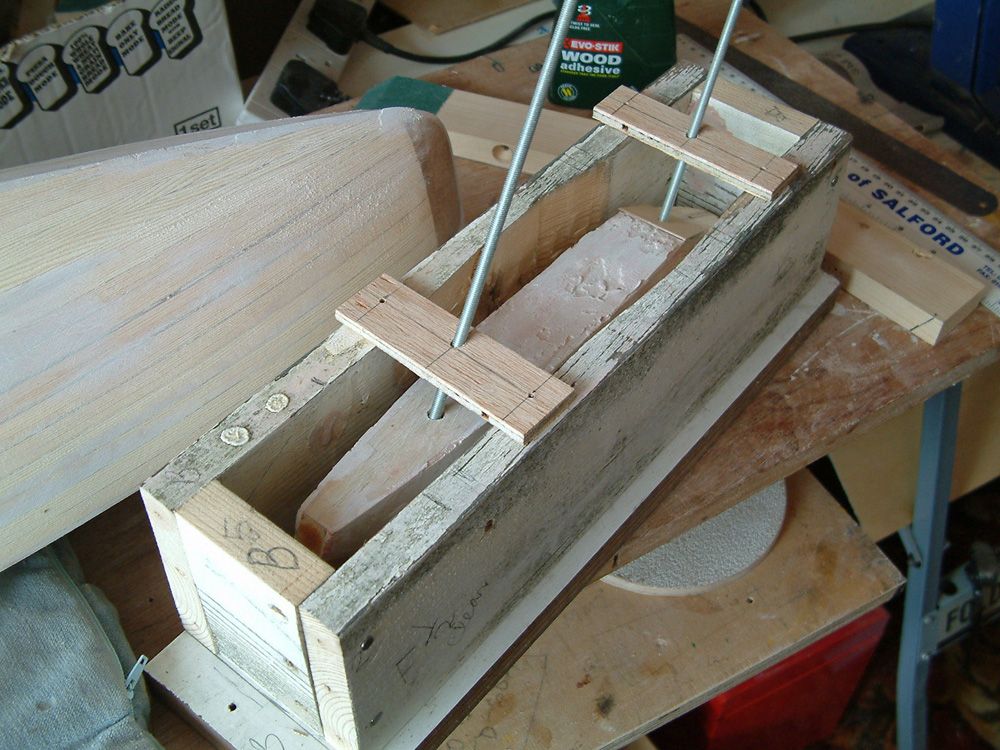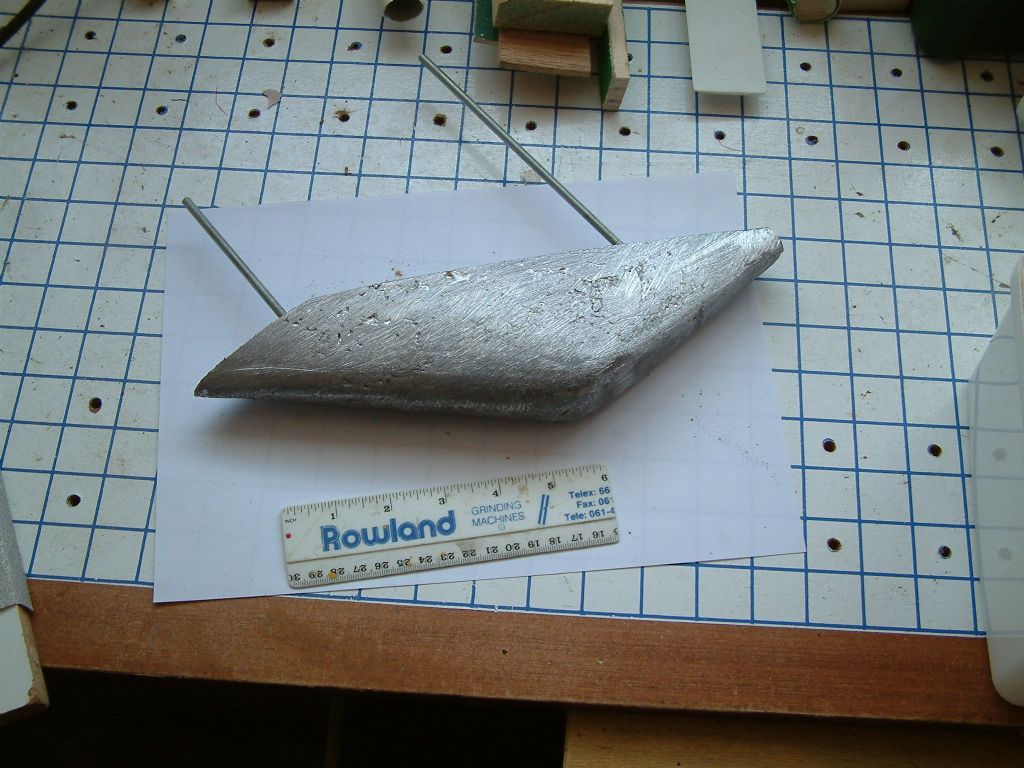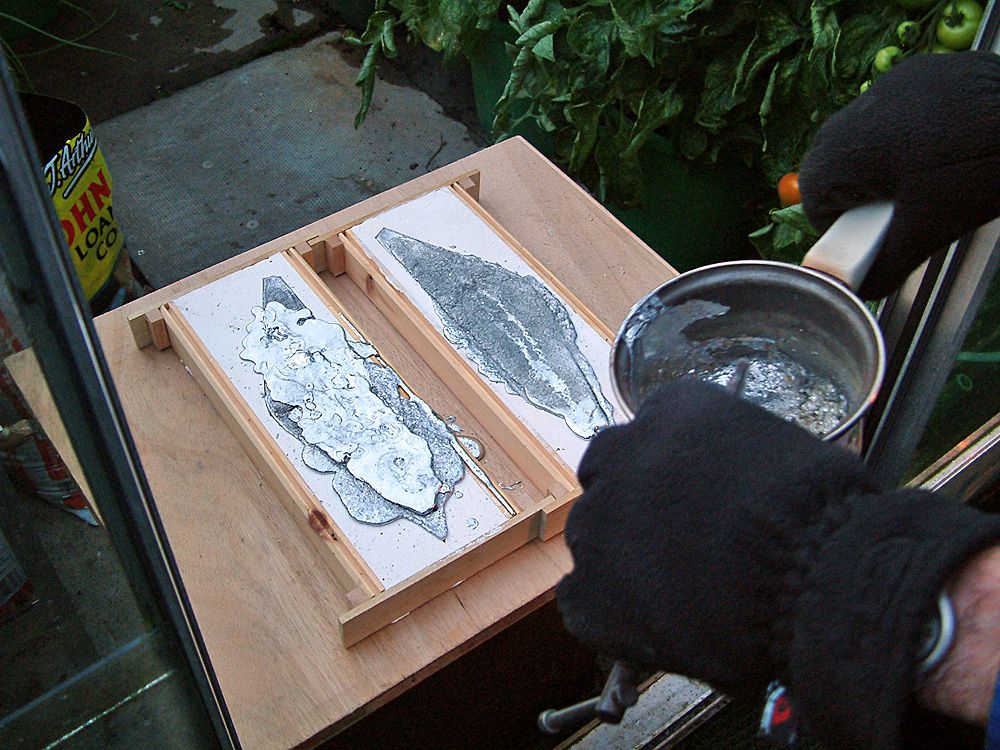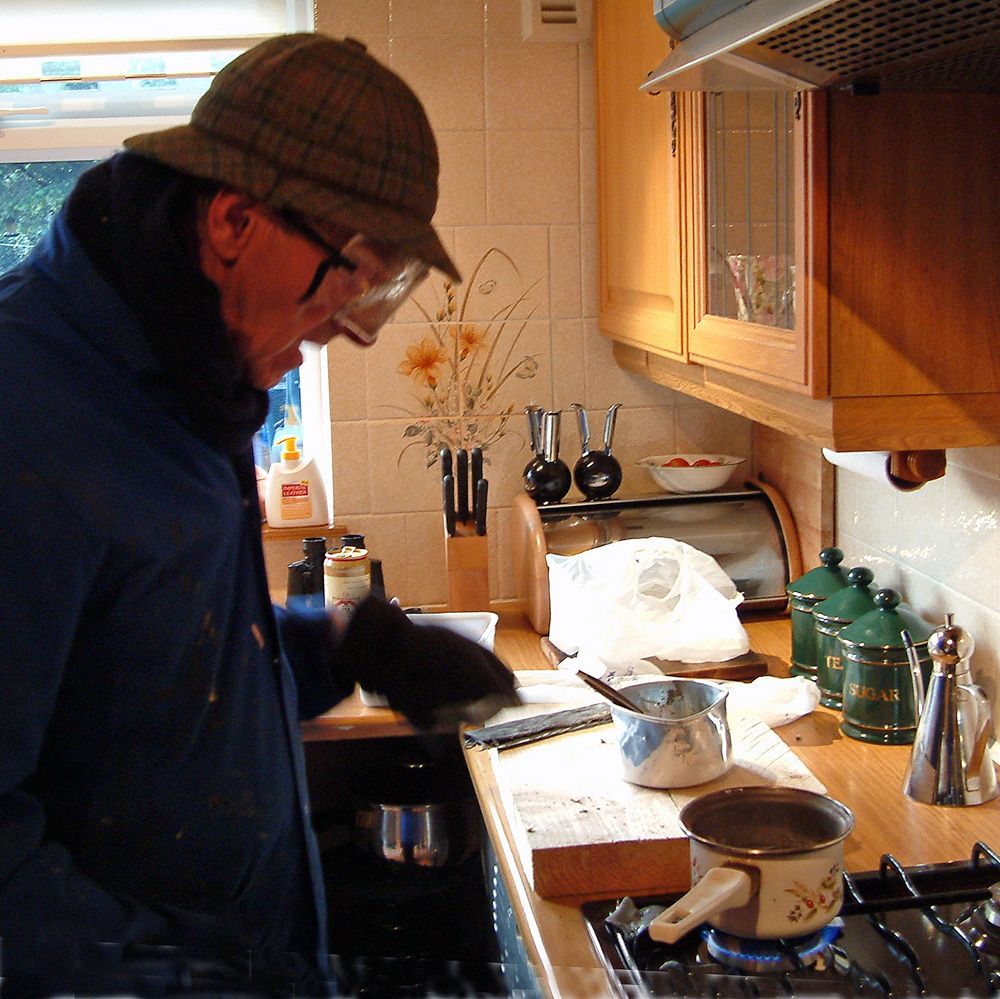lead ballast
lead ballast
- This topic is empty.
Viewing 11 posts - 1 through 11 (of 11 total)
Viewing 11 posts - 1 through 11 (of 11 total)
- Please log in to reply to this topic. Registering is free and easy using the links on the menu at the top of this page.
Code of conduct | Forum Help/FAQs
Latest Replies
Viewing 25 topics - 1 through 25 (of 25 total)
-
- Topic
- Voices
- Last Post
-
- Todays Boating 1 2 … 210 211
- 84
- 45 minutes ago
- Fairey Faun 1 2 3
- 7
- 1 week ago
- Fairey Huntsman 31 1 2 … 5 6
- 14
- 1 week, 5 days ago
Viewing 25 topics - 1 through 25 (of 25 total)
Latest Issue
Newsletter Sign-up
Latest Replies
- Eezebilt RAF Fire Boat
- Todays Boating
- Triple-Screw Boat in River in Boston
- Triple Screw Boat
- TID steam tug 42″ – PN Thomas drawing enlarged
- Aeronaut Mahogany Sheet issue
- Lead Zinc boat parts Clean up, and Type of Glue to attach them
- Vic Smeed’s Silver Mist
- Antique model lifeboat
- Antique lifeboat in auction








